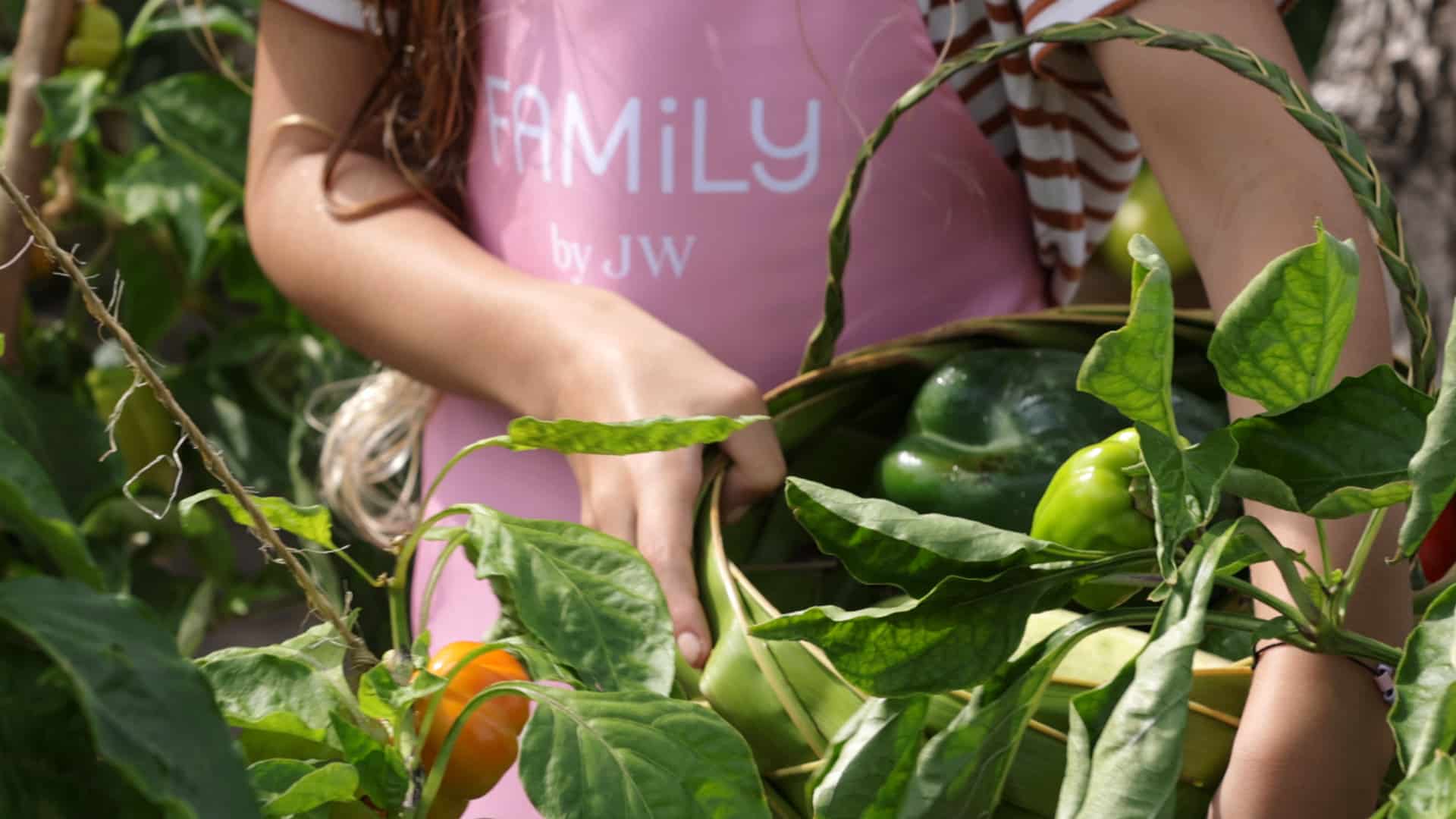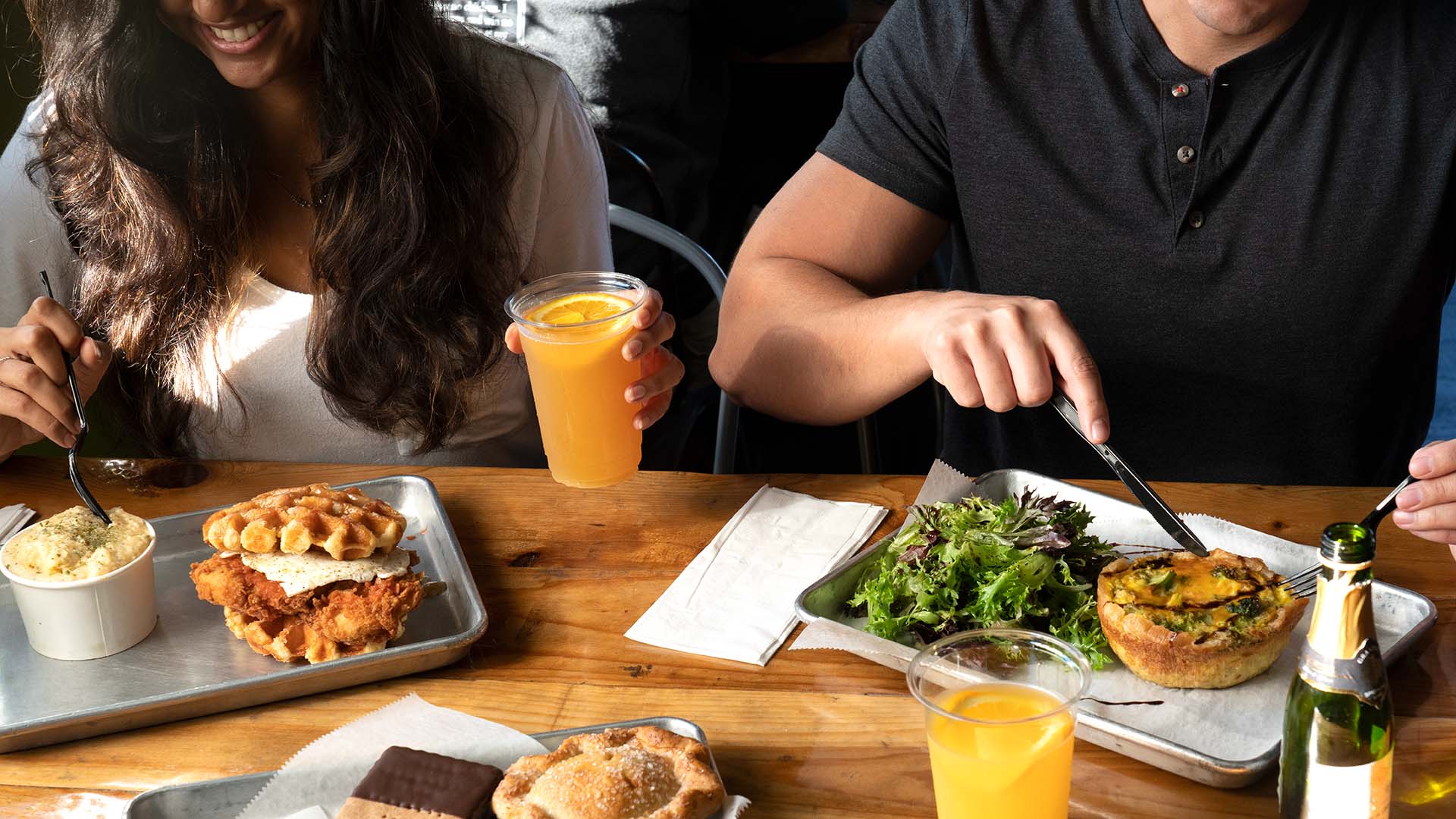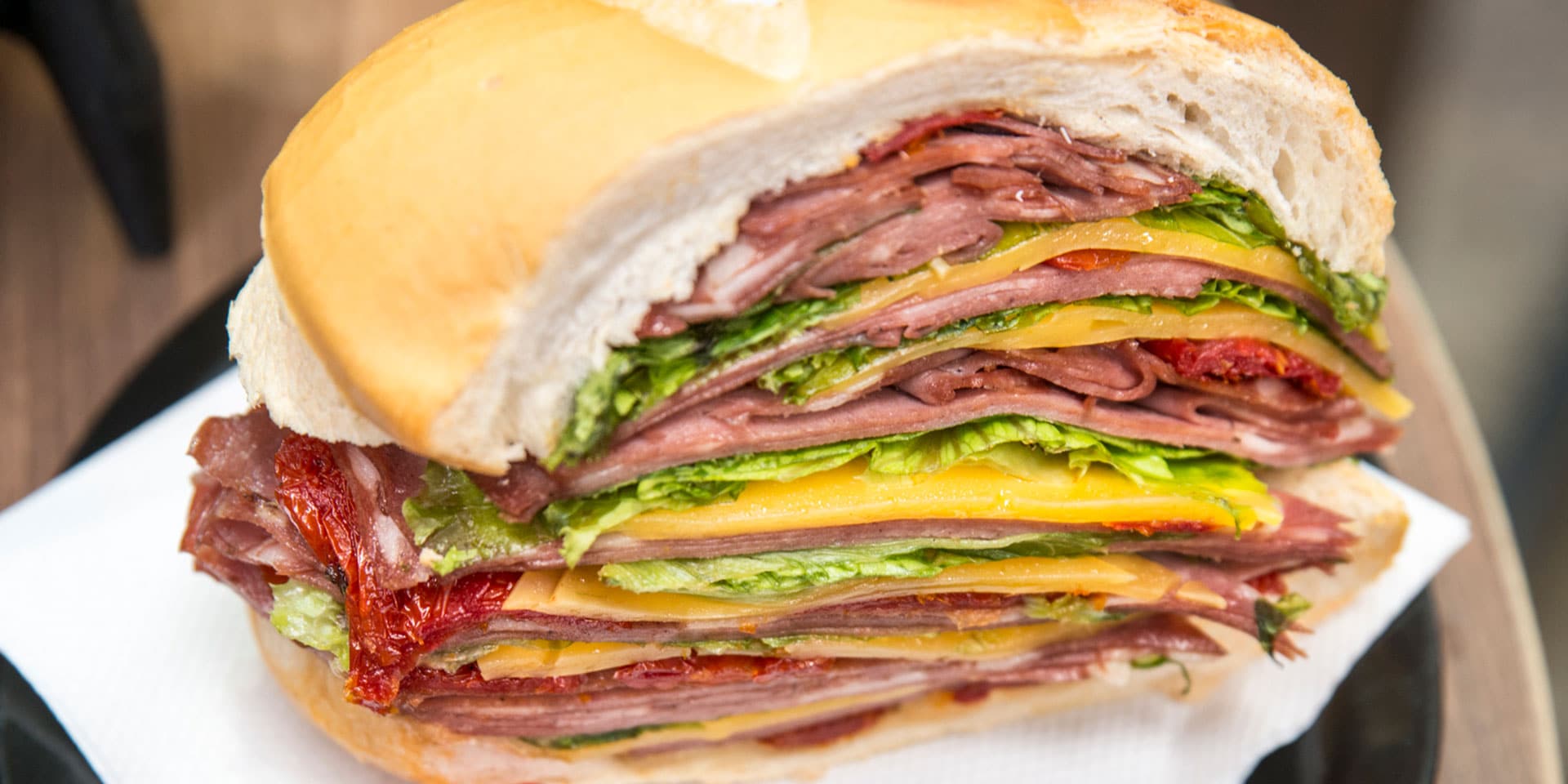
It would be a shame not to try the famous sanduíche de mortadela. (Photo: Getty Images)
Eat + DrinkMust-Eat Dishes to Try in São Paulo (and Where to Find Them)
By Paola Quintana VeraBrazil’s financial metropolis is a cosmopolitan melting pot in which ingredients from all corners of the world converge.
Sao Paulo is a city built by immigrants who mix the flavors of their land with the soil that adopted them; it’s the cradle of delicacies that can be savored in simple street stalls or in restaurants that rank among the best on the planet.
São Paulo’s Italian Heritage
Italian is one of São Paulo’s main culinary heritages, which is evident in one of the city’s iconic dishes: pizza. A third of the 15 thousand restaurants in the city offer this Neapolitan ambrosia.
Far from the informality with which it’s eaten in other corners of the world, inhabitants of the Brazilian capital eat pizza with cutlery and the pizzerias only open for dinner. A good place to experience this culinary delight is Veridiana, and to make it legitimately Brazilian, choose the one with Catupiry, a type of cream cheese native to the country.
The mortadella, pork sausage also of Italian origin, is the main ingredient of the famous sanduíche de mortadela —made from countless slices of the cold cut framed between bread. It would be a shame not to try it at the Mercadão Municipal‘s Bar do Mané, a must-stop where vendors approach visitors with samples of fresh exotic fruit, or combinations of these like strawberries with dates.
It’s worth mentioning that the prices at the market can be somewhat high, so it’s recommended to ask for the cost of something before ordering it.
What to Eat According to the Day of the Week
The national dish in Brazil is the feijoada, made from beans, rice, pork, oranges and farofa —toasted and seasoned cassava flour. The usual way of serving it is to bring pots with the ingredients to the table so that diners mix them in to their liking.
The traditional days to eat it are Wednesdays, quarta-feira in Portuguese, and Saturdays. Tordesilhas, in Jardim Paulista, is a great option to sink your teeth into a good plate of feijoada.
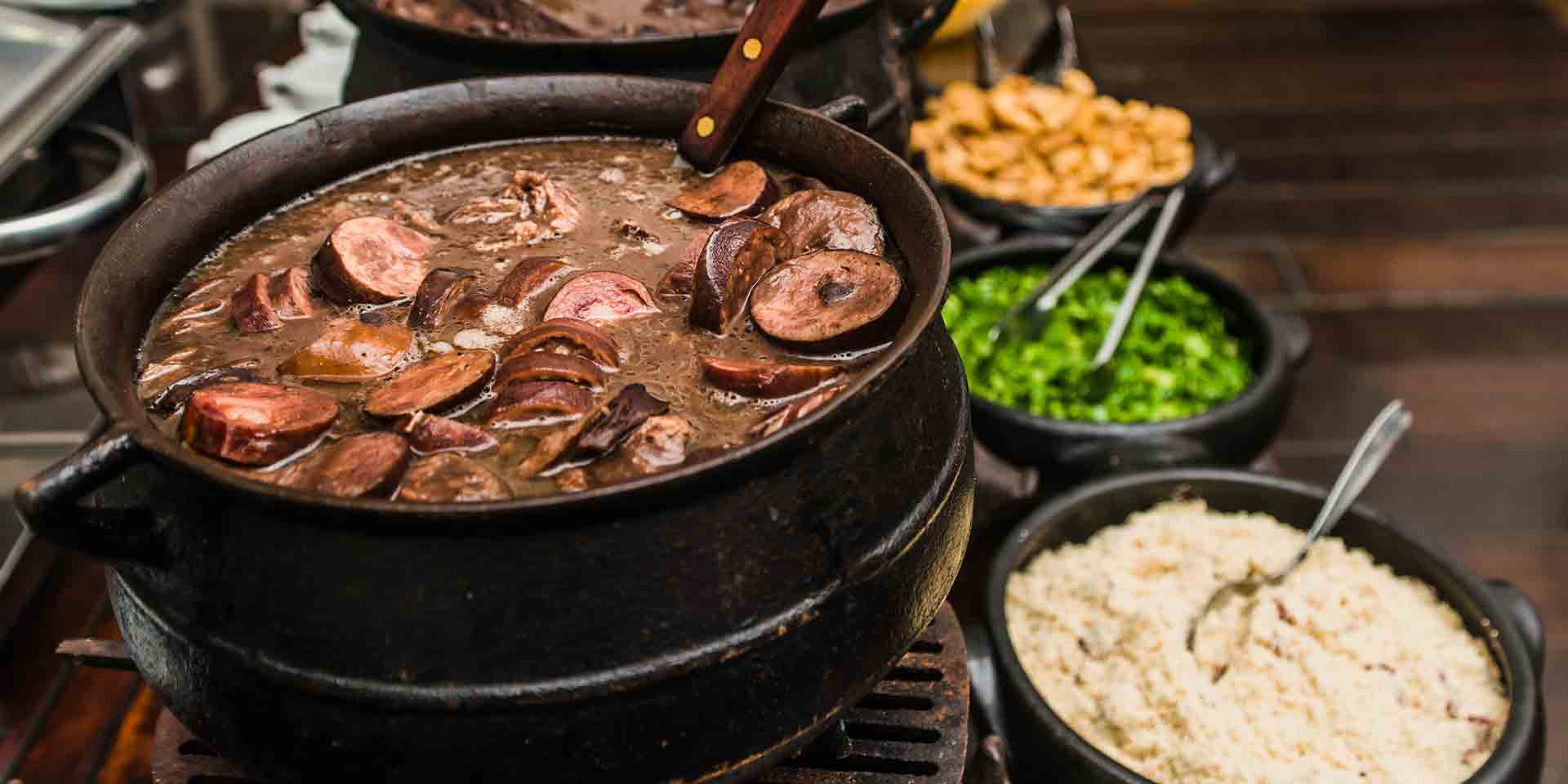
Mondays are dedicated to the virado à paulista, a dish representative of the State of São Paulo, which combines rice, pork, fried plantain and eggs.
Bar da Dona Onça, in the iconic Copan Building, is the ideal place to savor this and other Brazilian delicacies such as coxinhas, fried chicken croquettes that were favorites among the nobility during the time of Empress Isabel, or the paulista cuscuz, prepared with corn flour —unlike its African cousin.
On Sundays, there’s nothing quite like eating a pastel, a snack with fillings made from fried dough, similar to an empanada, which is usually served with caldo de cana, a beverage extracted from pressed sugar cane.
The pastéis are common in street stalls and fairs like the one set up every Sunday in the Paulista Avenue, the city’s main artery, which is closed off to motor vehicles for the day and fills up with life, music, crafts and a lot of food, to the delight of pedestrians who flock to the area.
A New-Found Appreciation of Brazilian Ingredients
A favorite trend among contemporary Brazilian chefs is to rescue the country’s original ingredients, those consumed since the days before the encounter with the West, and to give them a starring role in their creations.
The place of honor belongs to manioc, a root cherished for its flavor and nutritional value, which is known in other places as yuca or cassava. Helena Rizzo from Maní, Rodrigo Oliveira from Mocotó and, of course, Alex Atala from D.O.M., are followers of the trend.
The latter —with two Michelin stars— is considered by most specialized publications as the best restaurant in Brazil and one of the best in the world.
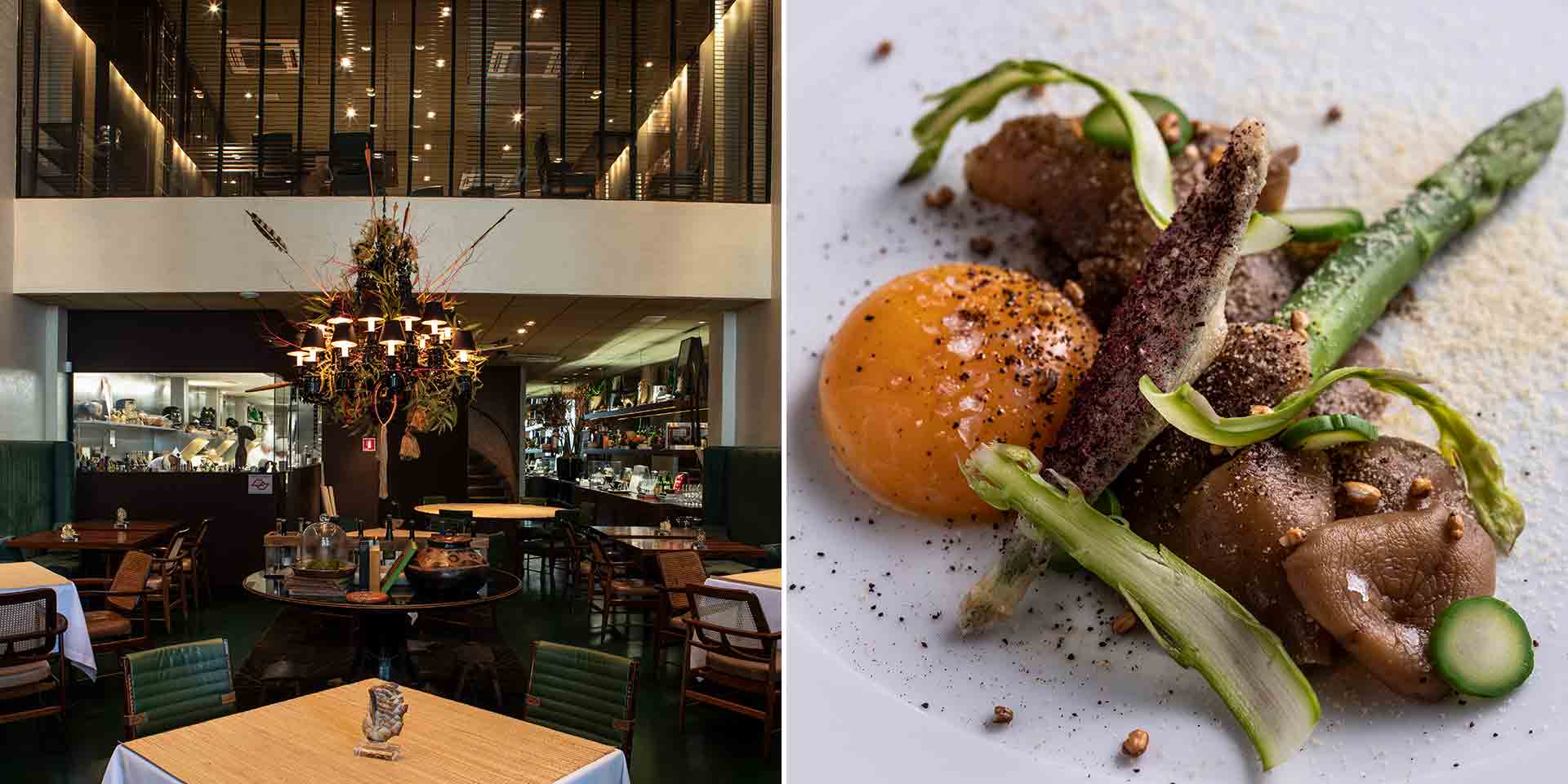
D.O.M. crowns its tasting menu with a cassava festival in various presentations, including the traditional and world famous pão of queijo —small golden balls of cheesy bread.
The rest of the menu also honors local ingredients, which include hearts of palm, cashew and even Amazonian ants.
What About the Meat?
Although there are vegetarian options at most restaurants in São Paulo, Brazil is a meat-eating country and the national cut par excellence is the picanha, which comes from the lower area of the loin, one of the juiciest parts of beef.
It’s offered in practically any boteco, as the bars in which locals gather to eat something fast and share a beer are known. However, the favored places to order it are the churrascarias, steak houses which use the rodizio system in which the diner pays a fixed price and can eat everything they want. A favorite among the people of São Paulo is Barbacoa, in the luxurious neighborhood of Itaim Bibi.
Being the culinary capital of South America, the only problem you’ll encounter while eating out in São Paulo is having to choose where to go.





